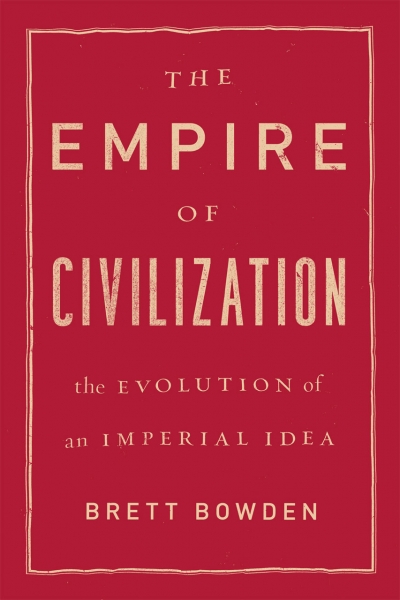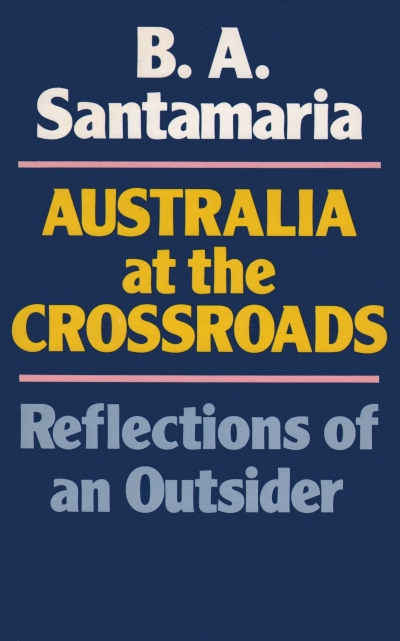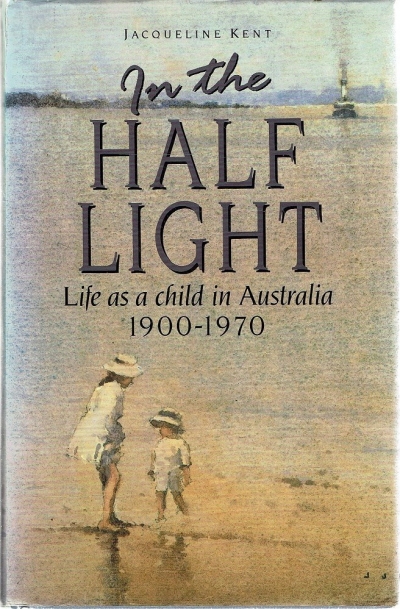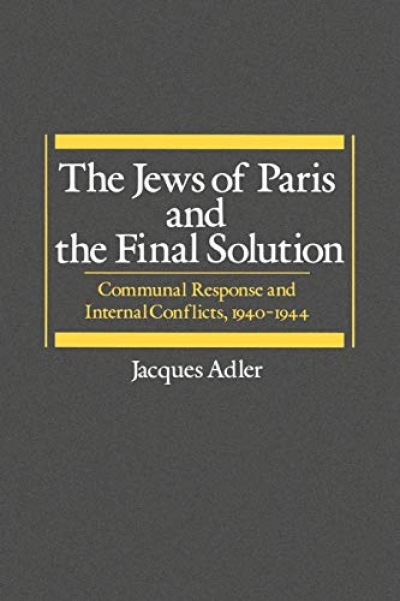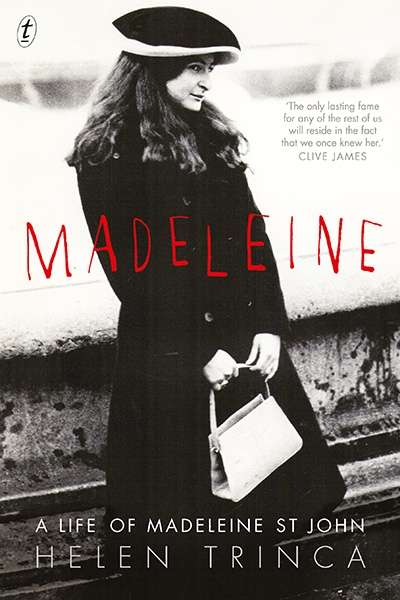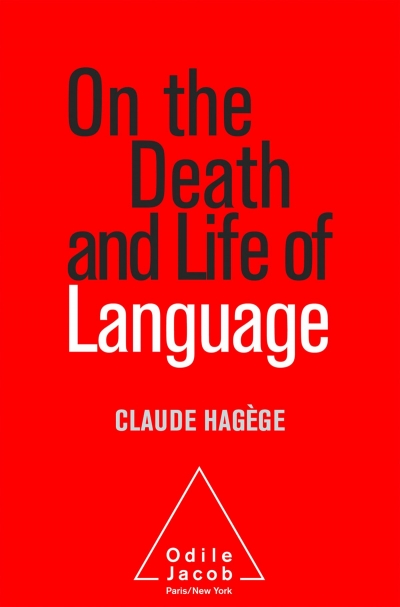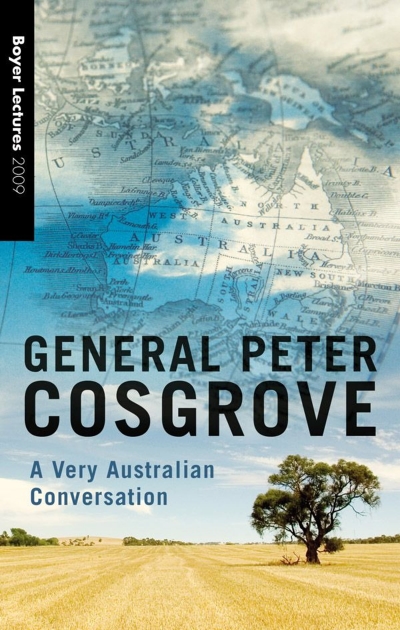NonFiction
The Empire of Civilisation: The evolution of an imperial idea by Brett Bowden
by Roland Bleiker •
Australia at the Crossroads: Reflections of an outsider by B. A. Santamaria
by James Griffin •
In the Half-Light: Life as a child in Australia 1900-1970 edited by Jacqueline Kent
by Brenda Niall •
The Jews of Paris and the Final Solution: Communal Response and Internal Conflicts, 1940-1944 by Jacques Adler
by Sol Encel •
The Unforgiving Rope: Murder and hanging on Australia's western frontier by Simon Adams
by Richard Harding •
Boyer Lectures: A very Australian conversation by Peter Cosgrove
by Patrick Allington •
A Singular Voice: Essays on Australian art and architecture by Joan Kerr edited by Candice Bruce, Dinah Dysart, Jo Holder
by Susan Steggall •

